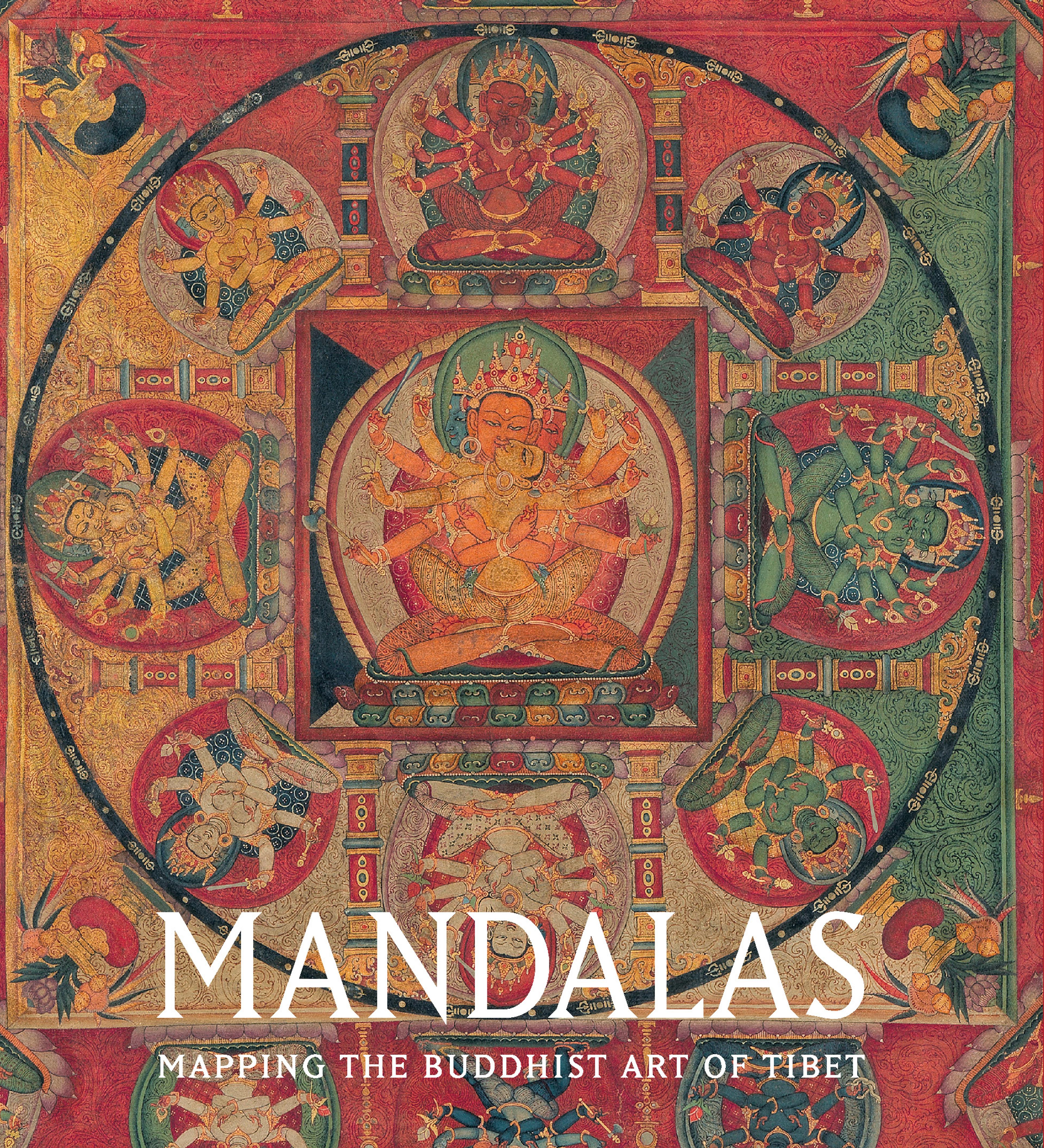Vajrabhairava mandala
In the fourteenth century, China was ruled by the Mongol Yuan dynasty, established by Khubilai Khan (1215–1294), grandson of Genghis Khan (1162–1227). The Mongol rulers were adherents of Tibetan Buddhism, and they were also lavish patrons of luxury arts, including sumptuous woven silk textiles. This is an example of the fanciest type of textile, kesi, in which each colored thread is woven individually to form an image. The central focal point is the fierce deity Vajrabhairava, the buffalo-headed, blue-skinned conqueror of death, a focus of devotion for the Yuan emperors. At the bottom are portraits of the patrons, from left to right: Tugh Temür, the great-grandson of Khubilai Khan, who briefly served as emperor of the Yuan dynasty, his older brother, and their wives.
Artwork Details
- 元 緙絲大威德金剛曼陀羅
- Title:Vajrabhairava mandala
- Period:Yuan dynasty (1271–1368)
- Date:ca. 1330–32
- Culture:China
- Medium:Silk tapestry (kesi)
- Dimensions:Overall: 96 5/8 x 82 5/16 in. (245.5 x 209 cm)
- Classification:Textiles-Tapestries
- Credit Line:Purchase, Lila Acheson Wallace Gift, 1992
- Object Number:1992.54
- Curatorial Department: Asian Art
Audio
7353. Mandala of Yamantaka-Vajrabhairava
0:00
0:00
We're sorry, the transcript for this audio track is not available at this time. Please email info@metmuseum.org to request a transcript for this track.
More Artwork
Research Resources
The Met provides unparalleled resources for research and welcomes an international community of students and scholars. The Met's Open Access API is where creators and researchers can connect to the The Met collection. Open Access data and public domain images are available for unrestricted commercial and noncommercial use without permission or fee.
To request images under copyright and other restrictions, please use this Image Request form.
Feedback
We continue to research and examine historical and cultural context for objects in The Met collection. If you have comments or questions about this object record, please contact us using the form below. The Museum looks forward to receiving your comments.
